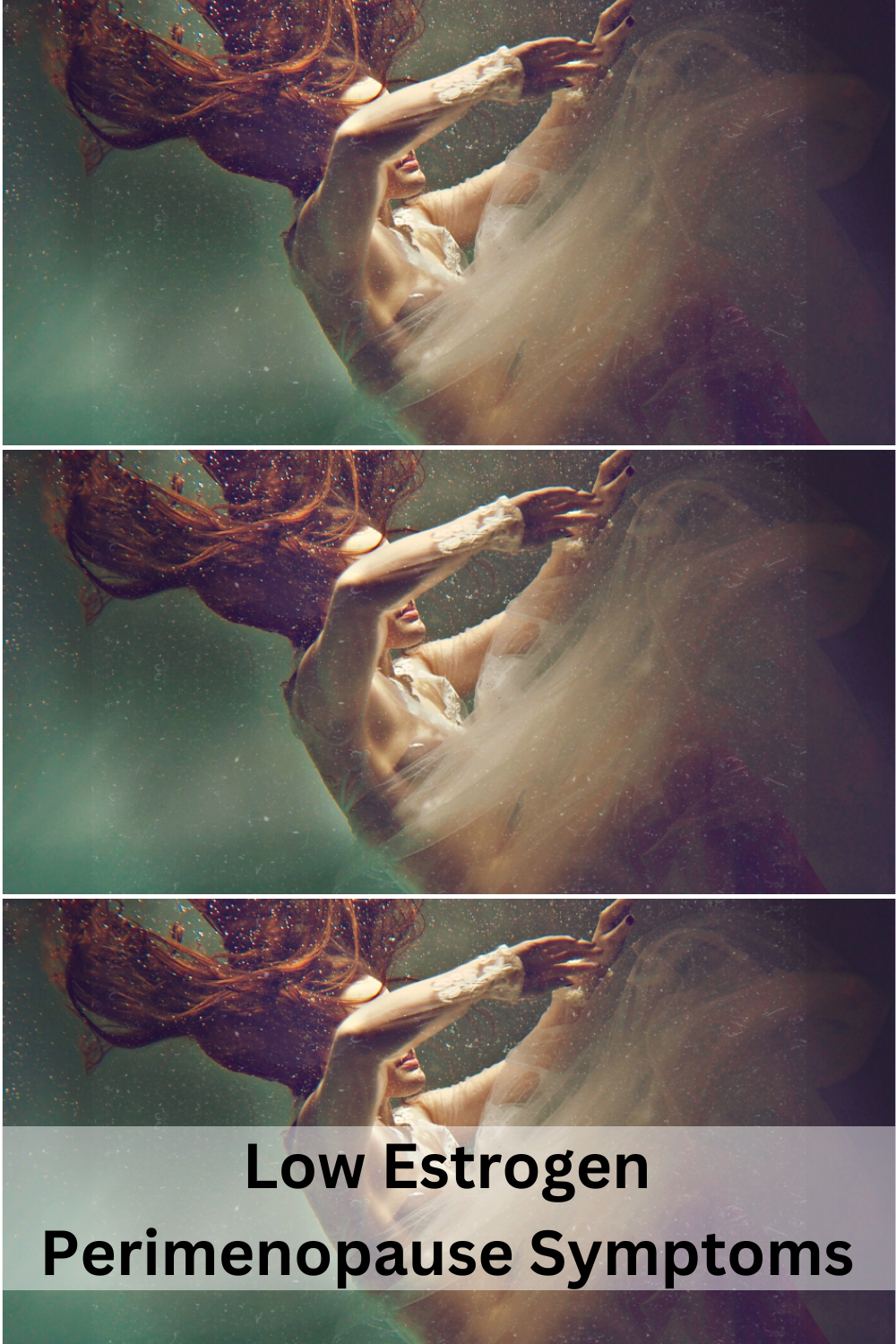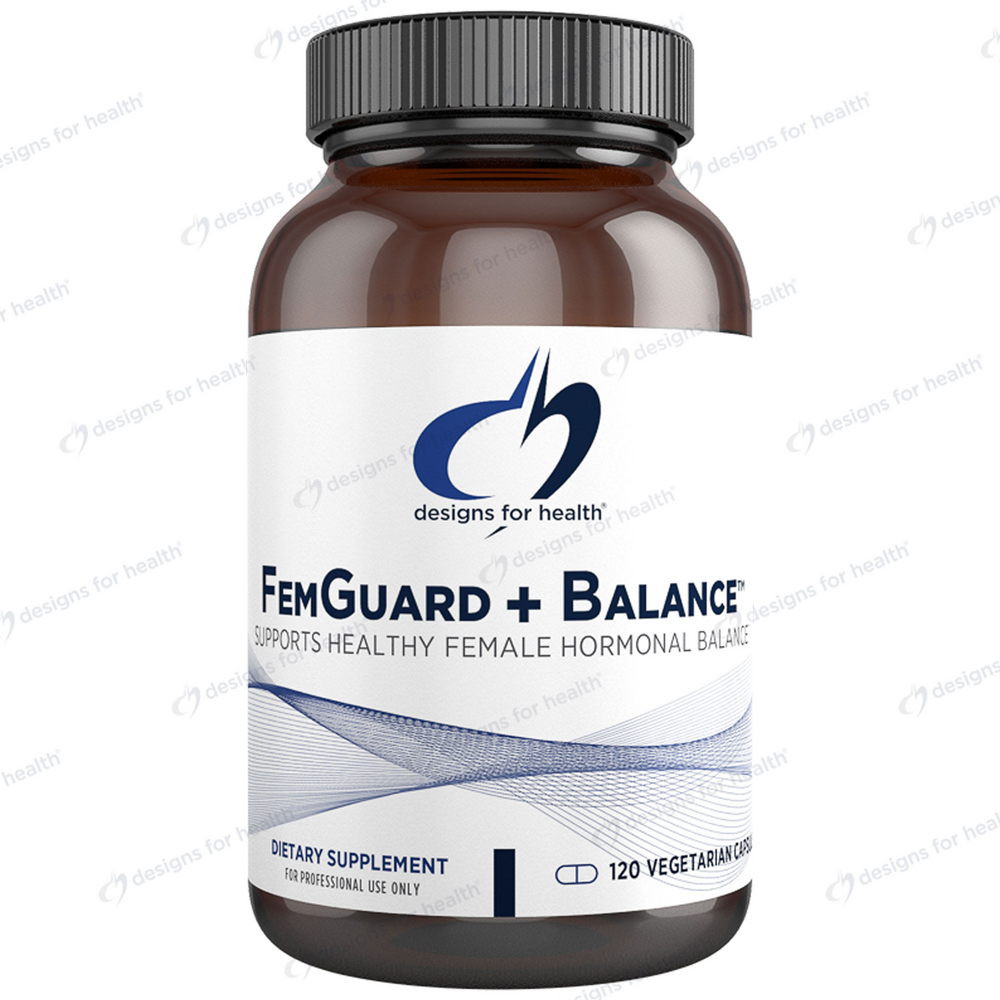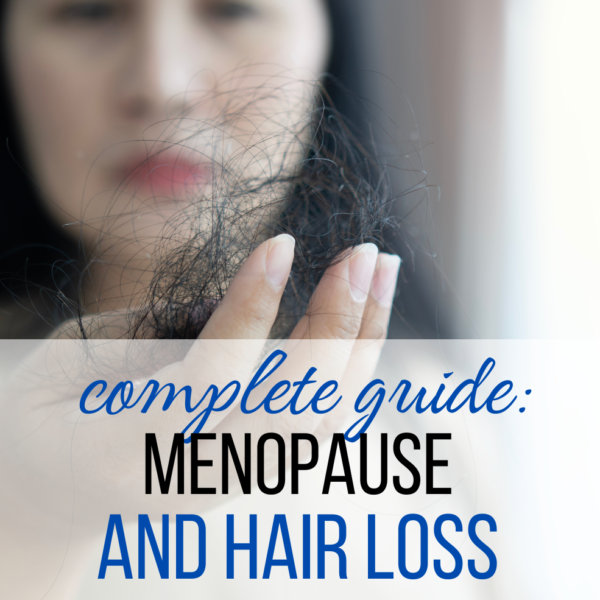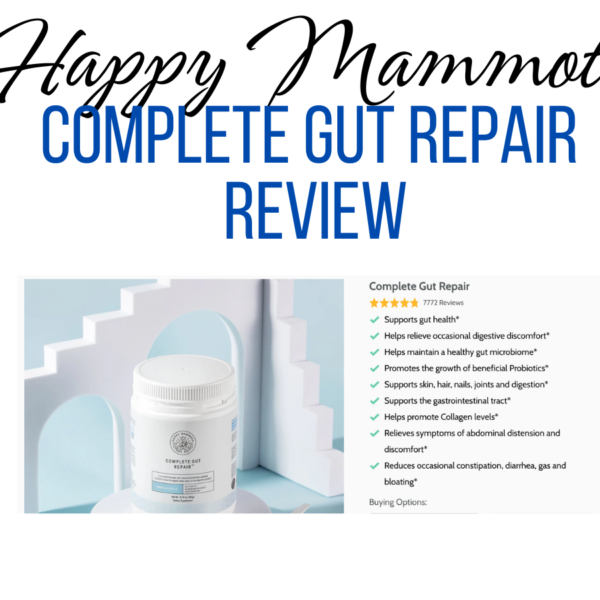Low estrogen perimenopause symptoms can significantly impact a woman’s well-being and daily life. This transitional phase leading to menopause is characterized by changes in hormone levels, primarily estrogen. Here we will review the symptoms related to low estrogen during perimenpopause.
Low estrogen perimenopause symptoms can be puzzling. Perimenopause can last up to ten years, but the average duration when most women report symptoms is four years. Menopause, indicated by 12 consecutive missed menstrual cycles, officially marks the end of perimenopause. Perimenopause typically starts a few years before menopause when the ovaries gradually reduce their production of estrogen.
Estrogen, the primary female sex hormone, plays a vital role in regulating the menstrual cycle and maintaining reproductive health. However, as women approach their late 30s or early 40s, estrogen levels begin to fluctuate, often resulting in lower overall levels. This is typical, but can result in symptoms that can be addressed with a variety of options.
This post will breakdown the low estrogen perimenopause symptoms, and some coping strategies, so women will know what to expect.
7 Low Estrogen Perimenopause Symptoms:
1. Irregular Menstrual Cycles:
The first sign of perimenopause often appear through the menstrual cycles due to ever-changing estrogen levels. These fluctuations can cause disruptions in the duration and frequency of periods, including shorter or longer cycles, heavier or lighter bleeding, and sometimes skipped periods. It may begin with a skipped menstrual cycle here and there, or may become lighter or heavier, last longer, or not occur at all. This can also indicate pregnancy and should be confirmed through a doctor’s visit. Once this is confirmed, various methods to treat symptoms can begin.
2. Hot Flashes and Night Sweats:
Common symptoms of low estrogen during perimenopause also include hot flashes. These can occur with sudden waves of intense heat, sometimes followed by profuse sweating. These episodes can be disruptive, and can lead to discomfort and disturbance in sleep patterns, affecting daily life and productivity. They can, and will, happen out of the blue, and subside just as quickly.
3. Vaginal Dryness and Discomfort:
Estrogen helps in maintaining the health and elasticity of vaginal tissues. Low estrogen levels can also lead to vaginal dryness, itching, and discomfort during sexual intercourse, causing pain and impacting intimacy.
4. Mood Swings and Emotional Changes:
Additionally, hormonal changes can significantly impact mood. Many women experience mood swings, irritability, anxiety, or even mild depression during perimenopause due to the effects of low estrogen on neurotransmitters in the brain. Some women report crying for no reason, being angry for no apparent reason, or overall fatigue. These symptoms sometime lead to depression and anxiety during this transitional phase.
5. Sleep Disturbances:
These changes in hormone levels can disrupt sleep patterns. Night sweats, hot flashes, and other symptoms may lead to insomnia or difficulties in staying asleep, causing fatigue and affecting overall well-being.
6. Changes in Libido:
Lower estrogen levels can contribute to a decrease in sexual desire or changes in libido. Vaginal dryness and discomfort during intercourse can also affect a woman’s interest in sexual activity.
7. Cognitive Changes:
Some women report noticing cognitive changes during perimenopause. They can include changes such as difficulty concentrating, memory lapses, or brain fog. These changes could be associated with hormonal fluctuations, particularly low estrogen levels.
Coping Strategies and Treatment Options:
Managing low estrogen perimenopause symptoms involve a combination of lifestyle changes, self-care practices, and sometimes medical interventions. Here are some strategies to consider:
1. Hormone Replacement Therapy (HRT):
HRT, including estrogen therapy, can effectively alleviate many symptoms of low estrogen in perimenopause. However, it’s crucial to discuss the risks and benefits with a healthcare professional before considering this option. Providers typically start HRT at the lowest dose to prevent side effects while treating your symptoms, and can increase dosing if necessary to reach the patient’s individual goal. At our functional medicine practice we usually wait to prescribe Estradiol treatments until a woman is in the very late stages of perimenopause. If you add it too early it can worsen the low progesterone in perimenopause and cause worsening night sweats or low progesterone symptoms.
2. Lifestyle Modifications:
Some lifestyle modifications, like regular exercise, a healthy diet rich in fruits, vegetables, and whole grains, stress reduction techniques like yoga or meditation, and adequate sleep can help manage symptoms.
Losing estrogen can contribute to bone and muscle loss which can change your metabolism. Aiming for a healthy body weight can also help, since weight fluctuations can also contribute to low estrogen. Limiting alcohol can lead to visceral fat loss, the excess weight around your organs.
Protein intake
Making sure you get enough protein throughout the day can also help with muscle retention and maintenance, plus it can satiate hunger. Healthy sources of protein include eggs, dairy products like milk, yogurt (especially Greek yogurt), cheese (especially cottage cheese), tofu, nuts (including nut pastes), and seeds like almonds, pine nuts, walnuts, macadamias, hazelnuts, cashews, pumpkin seeds, sesame seeds, sunflower seeds. Also, legumes and beans – all beans, lentils, chickpeas, and split peas.
Fiber Intake
Adequate intake of fiber helps to balance estrogen, progesterone, and blood sugar in the body, and helps to support a healthy gut. Plus, it also helps boost a healthy heart by helping to reduce cholesterol. Additionally, fiber can help to reduce hunger and unwanted weight gain. Aim for thirty to thirty five grams of fiber per day. Great sources of fiber include pears, strawberries, avocados, oats, apples, raspberries, bananas, carrots, beets, broccoli, artichokes, brussels sprouts, lentils, kidney beans, split peas, chickpeas, quinoa, popcorn, almonds, chia seeds, sweet potatoes and dark chocolate.
Healthy Fats
Also, make sure to add healthy fat sources (like Omega 3 fatty acids) to your diet since they can help transport hormones throughout the body. Some examples of Omega 3 and 6 fatty acids are fatty fish like salmon, mackerel, anchovies, sardines, arctic char, and trout, eggs, flaxseed and flaxseed oil, walnuts, soybeans, tofu, canola oil and some fortified foods (like some yogurts, margarine, and juices). Often, adding an omega 3 supplement can be helpful to be sure you are getting enough EPA and DHA.
Sleep
When dealing with sleep disturbances, there are some habits that can help. They include refraining from drinking alcohol two to four hours before bed, avoiding caffeine after two pm, and turning off any blue screen devices such as television and cell phones at least one hour before going to bed. These can all help with falling asleep faster into a deep, restful sleep. Additionally, regular exercise can also help the body to relax faster and promote a deeper, more restful sleep.
3. Vaginal Moisturizers and Lubricants:
Over-the-counter vaginal moisturizers or lubricants can help alleviate vaginal dryness and discomfort during intercourse. Vaginal estrogen, in addition to oral estrogen, can also be prescribed to help with these symptoms if you’re experiencing hot flashes and painful sex.
4. Medications:
Certain medications, including antidepressants or low-dose birth control pills, might be prescribed to manage specific symptoms like mood swings or irregular bleeding. Other prescription interventions can include a vaginal estrogen cream or ring, or sometimes a vaginal estrogen tablet. It’s important to discuss the pros/cons of each treatment with your provider, and to be sure they know your personal and family medical history.
Supplements may also be helpful in controlling symptoms, like the one listed below. Many times, a combination of different therapies can help to alleviate symptoms from these fluctuating hormones.
Fullscript’s description for this supplement: “FemGuard+Balance™ supports classic herbal hormonal balancing in the form of vitex, polygonum and black cohosh, along with DIM and chrysin for protection and support of beneficial estrogen aromatase activity. Calcium-D-glucarate promotes the proper elimination of excess estrogens. Rosemary, resveratrol, grape seed extract, and EGCg from green tea are included for maximum antioxidant protection. Vitamins B6, B12, and folate promote proper cell differentiation. Magnesium and calcium are also included to help support bone and hormone health. Made with non-GMO ingredients.”
In our functional medicine practice, we use this blend quite often, particularly in the late stages of perimenopause.
5. Support Networks and Counseling:
Seeking support from friends, family, or joining support groups can significantly help in coping with the emotional aspects of perimenopause. Regular exercize, limiting sugar and caffeine,and quitting smoking, plus anything that reduces stress of any kind, have been found to to be helpful with mental health symptoms related to perimenopause. Additionally, activities like massage therapy, journalling, meditating, enjoying and/or playing music can help to reduce stress. Using a holistic provider, such as a Functional Medicine Certified Practitioner can be a great way to gain support and knowledge while going through this challenging time.
Functional Medicine Provider: https://www.highlandshealthwellness.com/
Conclusion:
Navigating the landscape of low estrogen perimenopause symptoms can be challenging. The symptoms are varied and can significantly impact a woman’s physical, emotional, and psychological well-being. Being able to notice these symptoms, and understanding the available coping strategies and treatment options, can empower a woman to manage this phase in her life effectively.
However, it is crucial for women to consult healthcare professionals to determine the most suitable approach for managing their specific low estrogen perimenopause symptoms. Since every woman’s experience with perimenopause is unique, finding the right balance often involves a combination of lifestyle changes, medical intervention, and emotional support. Having a great support system in place is important for emotional and mental well-being, and can help women triumph through this fluctuating phase of life.
Embracing this transitional phase with a holistic approach to well-being can pave the way for a smoother journey through perimenopause and into menopause.
This post covers perimenopause symptoms related to low estrogen to help you navigate this crazy time in a woman’s life.
Other posts you may like:
PERIMENOPAUSE WRECKED MY LIFE!
Perimenopause Phase : From Estrogen Dominance to Low Estrogen symptoms

Dr. Shelley Meyer is a board-certified family physician and Institute of Functional Medicine-certified functional medicine physician, as well as a Registered Dietitian. She is passionate about helping women navigate the roller coaster of perimenopause and postmenopause. She has her own Functional Medicine Practice in Denver, Colorado.







[…] The first phase is usually characterized by declining progesterone and intermittent estrogen dominance. Subsequently, in the second phase, the estrogen starts to decline leading to hot flashes, sleep problems, and more low estrogen symptoms. […]